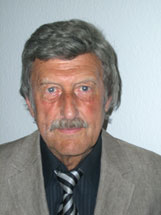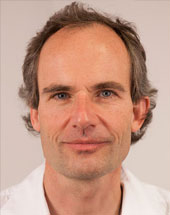Foci and Disturbance Fields
In the Dental and Lower Jaw Areas
“Victim” and “Perpetrator”:
The Causal Analysis with System Diagnostics
In a holistic medicine individual organs (biophysical) are not isolated, but rather are considered embedded in the overall system of the organism. The main focus is on the connections and the whole, which is expressed for example in the Meridian System and in the teachings of the Ground System According to Pischinger.
The Meridian System represents a neuro-vegetative connection system of the organs. However with the Ground System [1] it concerns a polymer-containing strongly aqueous matrix, passed through by vessels, nerves and connective tissue cells which border on the organ parenchymal cells. The decisive discovery of Prof. Alfred Pischinger was that generally no direct contact exists between the arteries, veins, lymph vessels and vegetative nerve endings on the one hand and the organ cells on the other hand. Thus a free space lies between the vessels and the organ cells which must be passed through, for every transfer to the cell it is now substantial and informational in nature. The state of this transit route determines all supply as well as all disposal processes of the cells.
This border space in the Ground System decides on health or illness. In this space emerging blockages, solidifications or regulation disturbances must absolutely be considered for understanding of the pathogenetic processes.
The burdening of the Ground System is equally affected with the burdening of the organs because of their detoxification, supply and regularization.
Since the middle of the last century, we are able to record an increased burden [2] on the Ground System through increased storage of proteins and carbohydrates from food as well as from heavy metals, pharmaceuticals and environmental poisons. This not only has consequences for therapy, which must adjust for the broad tendencies of reduced detoxification ability and chronification of all illness processes, but also for the corresponding diagnosis procedures such as ElectroAcupuncture According to Voll [EAV].
However, if the connection of Voll’s measuring points with the organs is hindered by Ground System blockages, the diagnosis of organ pathologies over Voll’s meridian related measuring points is also inevitably error-afflicted.
The System Diagnostic of MORA® BioResonance represents a way out. This works independent of the state of the Ground System and is able to localize and to determine the extent of the problem while it places the burden in correlation with the relevant organ.
As a result, one proceeds according to a stereotypical system which considers all conceivable illness fields of medicine, from electrosmog to acidosis, vaccination and pathogen burdens to the wide range of environmental toxins, etc. finally up to the Psyche. In the Test Set the burdened fields are arranged so that originating from the universal they move out in a funnel-shape towards the specific burdening fields. Additionally, all important organs are in fact listed near the noxae in a logical sequence from the head, included among the cerebral areas, through the internal organs and to the vascular, nervous and skeletal systems. It is guaranteed by this procedure that the cause is found after going through the hierarchical sequence of possible complications. The unequivocal Yes/No answer is produced because basically only resonances are measured, in fact independent from environmental disturbance influences like for example unshielded electrosmog (WLAN, mobile radio), and thus a high reproducibility results.
The first advantage of System Diagnostics lies in the fact that a focus is reliably diagnosable and this already in an early stage. For example, a focus is visible in an X-ray exposure only in the later stages. The focus, e.g. in a tooth, is functionally connected through the corresponding meridian with the affiliated organ, as is represented as an example in Fig. 1 for the Large Intestine meridian. Both partners are always affected, the tooth as well as also the organ.
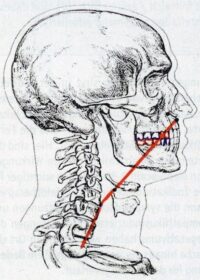 Figure 1: Lung / Large Intestine meridian and
Figure 1: Lung / Large Intestine meridian and
accompanying tooth areas. In the lower jaw Teeth 36/37
or 46/47 and in the upper jaw 14/15 or 24/25.
This now further raises the question about the actual cause of the inflammation events. Is it originally about a damage of the organ and following in the tooth, thus about an organ-dental relationship, or vice versa about a dental-organ relationship? Who got ill first? Is the tooth with its focus a cause or is the organ the cause? As is often presumed the answer is not the dental focus as the cause, but rather in most cases it is the organ (Fig. 2). If one compares the surfaces of the intestine and of the focus relatively (Fig. 3) then these circumstances are illustrated. The second decisive advantage of System Diagnostics lies in the reliable finding of the cause of certain inflammation events.
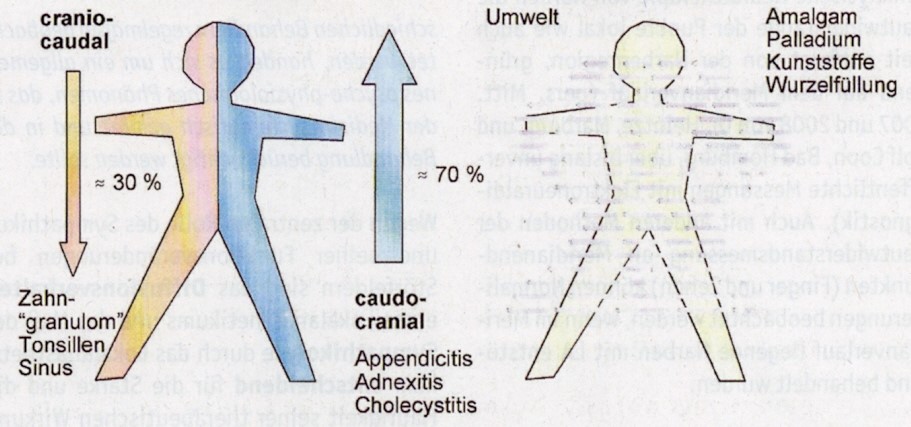
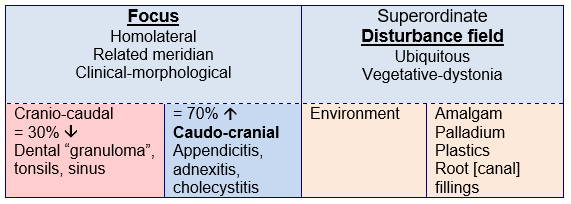
Figure 2: The focus (for instance a dental root granuloma) has a local effect
on the affiliated meridian-related organ; however only for about 30%. More
often the corresponding organ causes the local focus (approx. 70%). In
comparison the disturbance fields from the environment or the diffuse
dental materials have an effect on the vegetative nervous system.
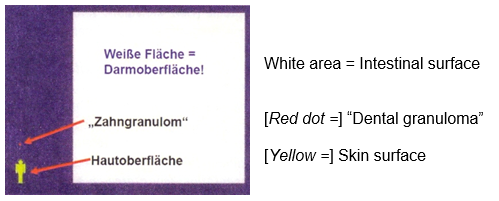 Figure 3: Relative importance of the dental granuloma,
Figure 3: Relative importance of the dental granuloma,
the skin surface and the whole of the intestinal surface.
As a focus is the tooth the cause or the “victim”?
In practice diagnosis occurs through a correlation test. At a summation point on the hand, which is not meridian related, it is checked whether the nosode allows an organ to return to its normal value again. The nosode would then be the cause and organ the “victim”.
An Example: The nosode “Kieferostitis” brings the organ “Colon” into balance. The jaw ostitis is responsible for the intestinal illness. This case is rather rare. More frequently the nosode “Chronische Colitis” brings the organ “Mandibula” into balance. The chronic colitis is then responsible for the irritation in the lower jaw. (Fig. 4)
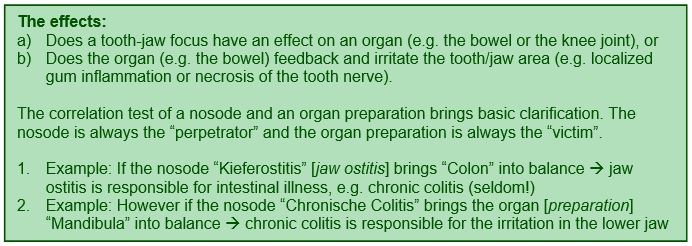 Figure 4: Is the tooth the cause or is it the organ which has an effect on the tooth?
Figure 4: Is the tooth the cause or is it the organ which has an effect on the tooth?
Which are the most important issues with dental foci now?
Often you find a chronic ostitis in empty alveoli. Indeed the tooth does not exist anymore, but here an inflammation event still continues. The wisdom teeth of the lower jaw are of particular importance on the basis of their diverse relations with important organs and organ systems (Figure 5). They are the fulcra and pivot points of the whole dental system. One non-positioned wisdom tooth is always an indication of a weak adrenal gland, low stress tolerance, weak immune system and low blood pressure. Childhood ear infections subsequently change over into tonsillitis, further into nasal sinusitis and finally lead into problems with the wisdom teeth. This sequence runs out stereotypically.
 Figure 5: Dental foci – the really important areas
Figure 5: Dental foci – the really important areas
Superordinate disturbance fields like environmental influences, for example in the form of electrosmog, but also geopathic and local disturbance fields of dental-medical materials and scars, behave differently than foci whose effects underlie clear clinical and morphological characteristics. Their non-meridian related effect is common to them (Fig. 2). Rather they have a diffused non-local effect on the whole vegetative nervous system and become apparent as faulty regulation in the form of various symptoms (heart/circulation, indigestion and headaches, among other things).
Their meaning is rather over estimated in the literature, because with a blocked Ground System the disturbance impulse hardly reaches the related organ, but rather fizzles out sooner since the remote action of chronic inflammation foci presupposes certain reaction and compensation capacities exactly in this Ground System.
Summary
The cause of a symptom is seldom found at the same place of appearance. Accordingly a diagnostic system which fulfills the following conditions should stand at the beginning of every medical examination:
- It should incorporate an overview of all organs and their possible burdens and deficits. The burdens and deficits can be associated with the relevant organ and can be correlated with them, i.e. where does the burden or the deficit have an effect?
- It should be able to arrange and quantify all diagnosed burdens and deficits hierarchically, and in the course of this to make a distinction between the top burdens from the minor burdens. The quantification would be a unique positional characteristic.
- Thus it should recognize the internal logic of an illness, speak of the location which states the entire illness course, expose and produce a therapy from it.
The System Diagnostics of MORA® BioResonance according to Dr. Cornelissen fulfills these standards.
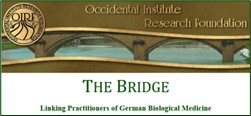 An Exclusive Translated Article for OIRF Supporters
An Exclusive Translated Article for OIRF Supporters
From THE BRIDGE Newsletter of OIRF
Published July 2016
From an article in CO’Med, Volume 21, October 2015
Machine Translation by SYSTRAN, Lernout & Hauspie, LogoMedia & Promt
Translation & redaction by: Carolyn L. Winsor, OIRF
© Copyright 2015, Cornelissen and Tesmer, Med-Tronik, Friesenheim, Germany
Translator’s Notes:
- Ground Regulation System:
- A special report with accurate English translation of a series of seven German language articles initially published by Dr. Heine in 2011.Total of 48 pages with information that is mandatory reading for all practitioners of orthodox and complementary medicine. Available from OIRF in electronic (PDF) or print formats.
- Also see the book: The Extracellular Matrix and Ground Regulation, Basis for a Holistic Biological Medicine; By Alfred Pischinger and Hartmut Heine (available in English on Amazon)
- In my ongoing efforts with the translation work I do for OIRF, it is my goal – my standard – to give you the exact words and meaning of the German author. In other words I consider myself as a translator, and not as an interpreter who would insert their own opinion or “interpretation” to what was said in German. In this article Dr. Cornelissen made a very clear distinction between what he considers a “disturbance” as opposed to a “burden” or “stress” factor. In all cases I have translated his use of each word exactly.
There is a very real difference here in that there can be a “disturbance (field)” in the body (even internally generated), whereas a “burden” or “stress” in this context is primarily an external influence that can or does create a disturbance. The usual translation in the literature tends to haphazardly interchange these terms, but for this article (even though it sometimes doesn’t “read” right in English) I have carefully preserved an exact translation so that you can see Dr. Cornelissen’s meaning. Here the word burden is primarily used in the sense of an external factor which is stressing, polluting or (over)burdening the body. CLW

